“I want to just let you know anytime you have any questions, any doubt, anything you want, any favours you need, anything I can do to help Japan, we will be there,” Trump said. “We are an ally at the strongest level.”
Trump also offered optimism that the two sides had overcome their trade disputes.
“We’re going to do tremendous trade together, I think, more than ever before,” Trump said, adding that he hoped the US-Japan relationship would be “stronger than ever before.”
The meeting is a high-stakes test for Takaichi, who was elected Japan’s first female prime minister earlier this month.
Her Liberal Democratic Party is recovering from a slush-fund scandal that, together with voter frustration over inflation, has contributed to the resignation of two prime ministers. She will have to navigate the implementation of a trade deal brokered under her predecessor that includes a nebulous pledge for Japan to fund $550 billion in US projects.
Those investments are expected to be high on the agenda, with the possibility that the pair could broker agreements on improving joint shipbuilding and rare earths efforts. Following the meeting, the pair are expected to hold a signing ceremony and then, later in the day, tour the USS George Washington, a nuclear-powered aircraft carrier, at the Yokosuka naval base south of Tokyo.
“Both Japan and the United States have developed the greatest alliance in the world, and together with you, Japan is ready to contribute toward world peace and stability,” Takaichi said.
It’s not clear if Tuesday’s meeting will yield greater clarity on the US-Japan trade deal, which was completed when Trump used a marker to jot out proposed terms on a posterboard during an Oval Office meeting with Ryosei Akazawa, who now serves as Takaichi’s economy minister.
For Takaichi, who is facing a debt pinch and also seeking to accelerate defence spending – another priority for Trump – there’s an incentive to keep elements of the trade deal loosely defined. There’s also precedent, with Trump this week penning framework deals with Thailand, Cambodia, Vietnam and Malaysia that were light on specifics.
The two nations have described the investment fund differently. Trump has previously cast the $550 billion as money that his administration could “invest as we like” with 90% of the profits being given to the US. Former Japanese Prime Minister Shigeru Ishiba had said Tokyo would offer a combination of investments, loans, and loan guarantees, characterising it as a way to back up Japanese firms’ US projects.
Akazawa has said the $550 billion investment won’t affect currency markets, as Tokyo will fund it via methods including loans from the foreign exchange special account, generally using what Japan already holds in dollar terms.
Japan’s deal already sets a maximum 15% tariff on most of the country’s exports to the US, including automobiles and parts, and includes a safety clause in the deal to ensure it won’t be treated worse than any other nation in terms of future sectoral tariffs on semiconductors and pharmaceuticals.
Takaichi appears to have laid the groundwork ahead of Trump’s visit in anticipation of questions over whether Japan is pulling its weight in the alliance.
In her first speech to parliament as prime minister on Friday, Takaichi pledged to achieve the goal of spending 2% of GDP on defence by March of next year, two years earlier than the previous plan.
She also emphasised that security concerns related to China and North Korea’s nuclear and missile developments must be addressed and that Japan needs to proactively strengthen its defence capabilities from their foundation.
“I am determined to restore dynamic Japan’s diplomacy, to protect Japan’s own national interests. In addition, I am ready to promote further cooperation with you and with the United States, for our shared goal of achieving a free and open Indo-Pacific,” Takaichi said in her meeting with Trump on Tuesday, adding that she would strive to strengthen Japan’s defence capabilities and economic power.
Her hawkish stance on foreign policy and her willingness to spend more on defence will likely create a positive backdrop for her dealings with Trump. Still, compared with the pledge by European nations to bring defence spending to 5% of GDP, Japan’s outlays may still seem insufficient from Trump’s point of view.
Both leaders spoke about their relationship with former Prime Minister Shinzo Abe, who was assassinated at a campaign speech in 2022. Takaichi is a protege of the former prime minister, and Trump, who enjoyed a close relationship with Abe, noted their connection.
“Everything I know from Shinzo and others, you will be one of the great prime ministers,” Trump said.
Trump’s sit-down with Takaichi comes during a three-nation tour to Asia that started with a visit to Malaysia for the Association of Southeast Asian Nations summit and will be capped by an expected meeting with Chinese President Xi Jinping in South Korea on the sidelines of the Asia-Pacific Economic Cooperation summit.
Read Also: Bolsonaro appeals conviction for attempted coup plot in Brazil
/images/ppid_59c68470-image-176161754159492220.webp)

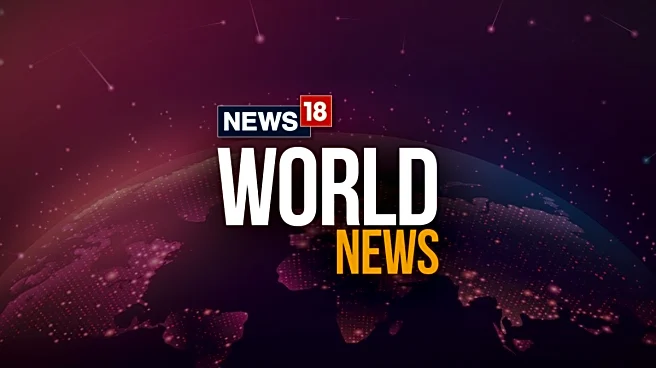

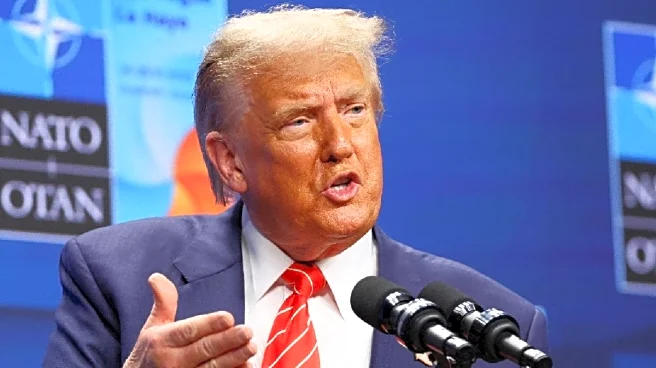
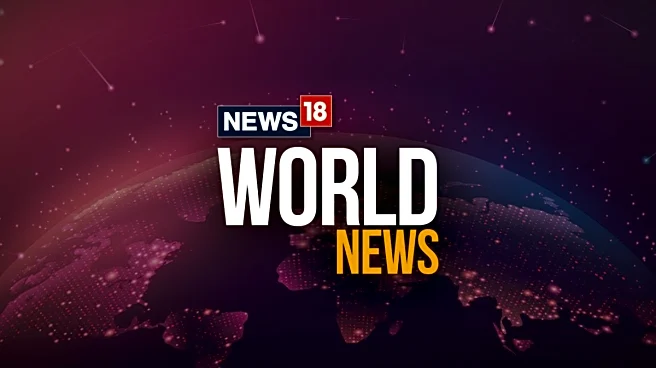
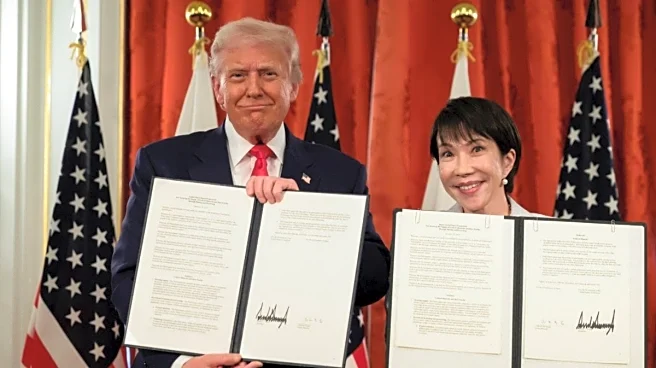
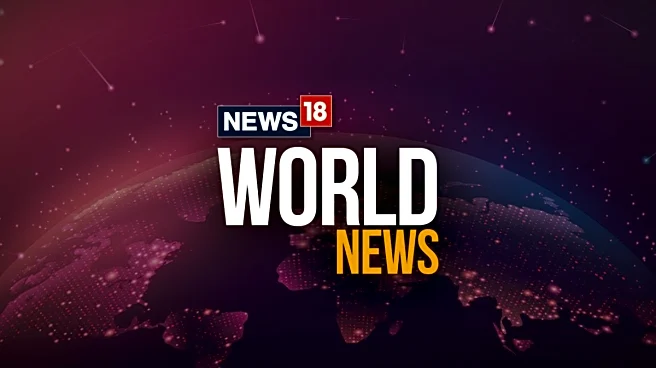
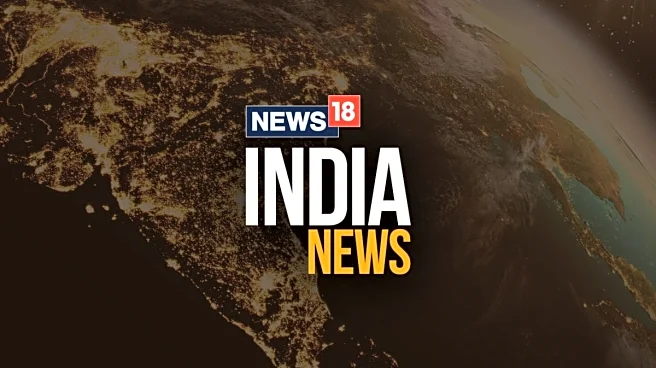
/images/ppid_59c68470-image-176152756255755194.webp)
/images/ppid_59c68470-image-176146503742157310.webp)
/images/ppid_59c68470-image-176145003135181728.webp)
/images/ppid_59c68470-image-176144754478542114.webp)